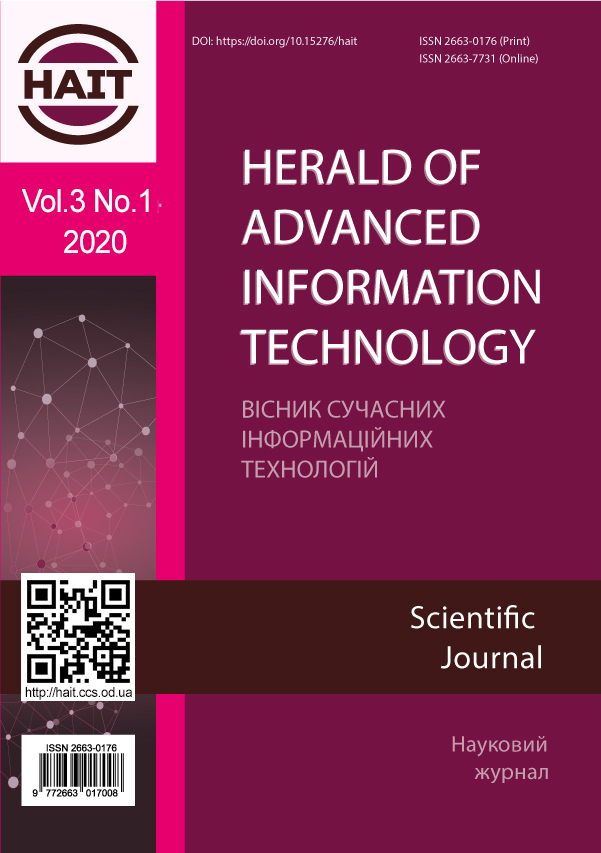Експериментальне дослідження і комп’ютерне моделювання особливостей виникнення завалів пневмотранспортних систем
Main Article Content
Анотація
При проектуванні нових і модернізації існуючих пневмотранспортних систем необхідно враховувати зміни електромеханічних параметрів роботи обладнання при пуску або інших перехідних режимах, найбільш небезпечних з точки зору виникнення завалу пневмотраси. З огляду на високу вартість електроенергії і великі обсяги виробництва при транспортуванні сипких матеріалів, актуальним завданням є зниження питомої витрати стисненого повітря при транспортуванні, врахування при розробці систем автоматичного керування основних факторів, а саме, втрату тиску на виході пневмотраси, що впливають на виникнення завалів пневмотранспортних систем. Метою роботи є проведення експериментальних досліджень і комп'ютерного моделювання особливостей виникнення завалу пневмотранспортних систем при транспортуванні сипучих матеріалів, пов'язаних з втратою тиску на виході пневмотранспортних систем. Поставлена мета досягається за рахунок проведення експериментів, на підставі яких отримано аналітичний вираз для визначення швидкості руху суміші, що забезпечує мінімально допустимий за технологічним процесом тиск на виході пневмотраси. Встановлено аналітичну залежність виникнення можливої точки закупорки від падіння тиску на виході пневмотраси, що визначає мінімальний крок впливу на транспортований двофазний потік з метою перешкоджання виникненню завалів, а також при необхідності вказує на місце виникнення завалу. Встановлено, що при збільшенні різниці тиску на вході і виході трубопроводу точка можливої закупорки зміщується в бік камерного живильника. Стабілізація вологості стисненого повітря, що подається в пневмомагистраль, за рахунок використання більш чутливого і швидкодіючого вимірювального обладнання та засобів автоматизованого керування знизить можливість виникнення завалу, забезпечить економію електроенергії, а отже, підвищить фективність пневмотранспортной системи. Розроблено математичну і комп'ютерну моделі електроприводу пневмотранспортной системи, отримано графіки електромеханічних процесів, що підтверджують її адекватність з точністю десять-дванадцять відсотків. Використання названих моделей дозволить заощадити час і кошти на проведення попередніх експериментів при розробці нових і модернізації існуючих пневмотранспортних систем.



